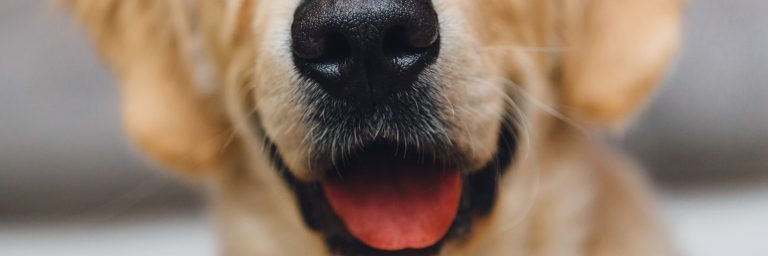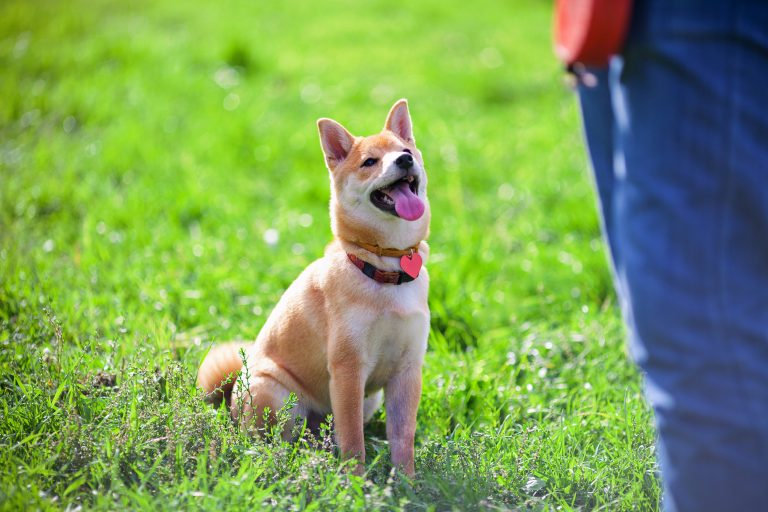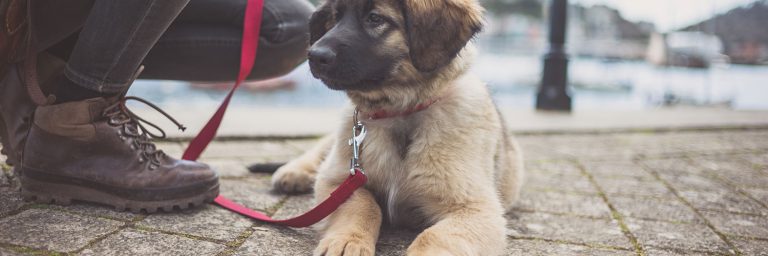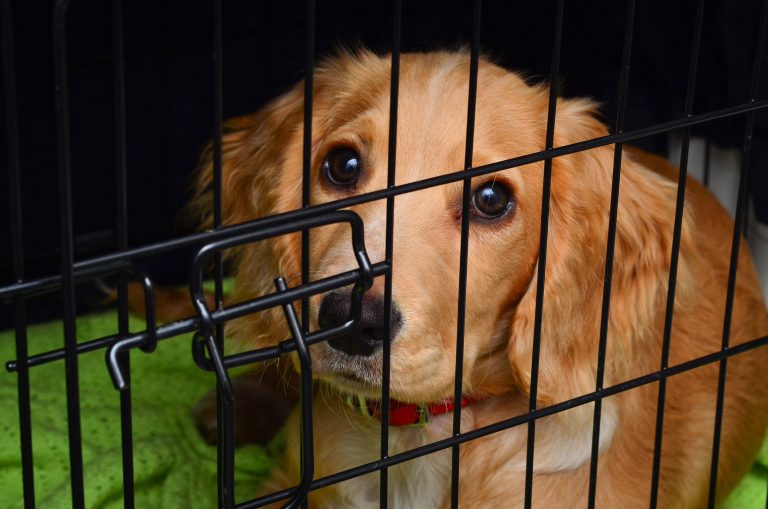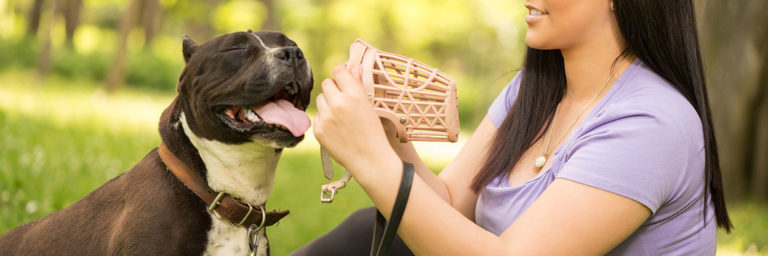Housebreaking a Puppy: Tips on House Training a Puppy
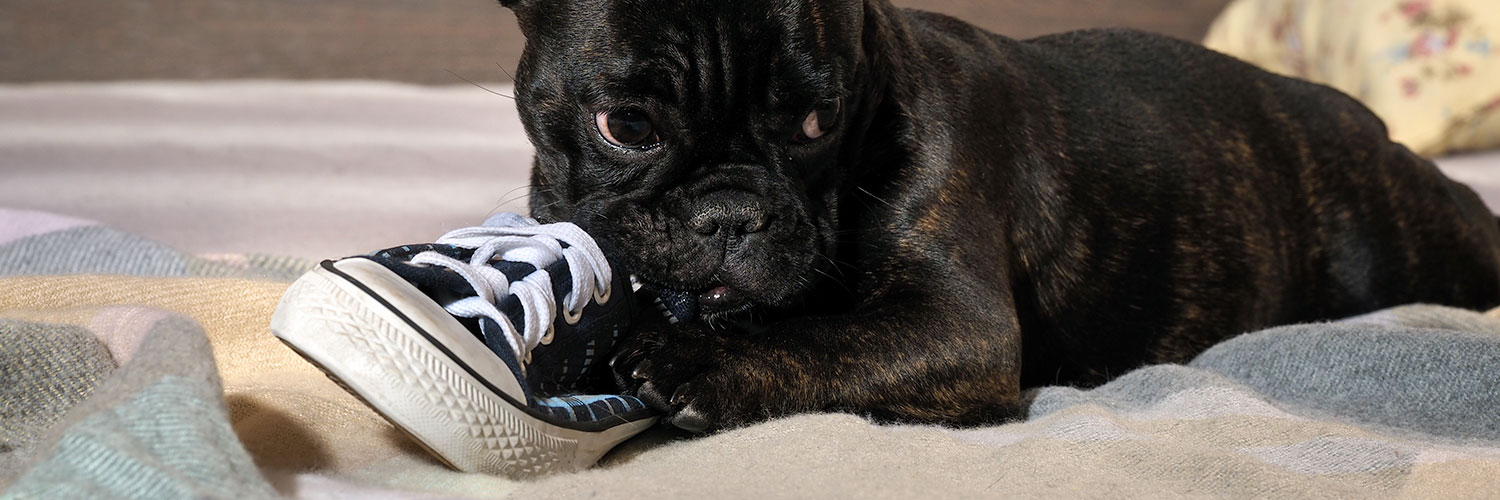
Contents of Article
When you bring home a new puppy, one of the first (and most important) things you must do is housebreak him. Puppies can be destructive they are not properly supervised and having a puppy that is not potty trained will only add to the mess. Luckily, housebreaking a new puppy is not a terribly difficult task as long as you are firm and consistent in your training methods. There are several ways to go about housebreaking your puppy, each of which will be described below.
Methods of House Training a Puppy
Different dog owners and trainers recommend various methods of house training. In the end, it is up to you to decide which one is right for you and your puppy. This decision may come down to several factors including the amount of time or effort required, how quickly the method works, and the cost of the training method. Below you will find a list and brief explanation of the most common house training methods:
- Indoor Training – Indoor house training involves teaching your puppy to do his business on pee pads – these are also called puppy training pads. These pads are scented with a chemical that smells very attractive to puppies – this helps to encourage them to do their business on the pad rather than doing it elsewhere in the house. Once you’ve trained your puppy to use the pad you can progressively move the pads closer to the door and, eventually, outside. In many cases, however, indoor potty training is a used permanently.
- Crate Training – This method of housebreaking is typically regarded as both the fastest and most effective method. In essence, you supervise your puppy closely when you are at home and take him outside several times a day to give him a chance to do his business. When you are not at home or unable to watch your puppy (like overnight), you confine him to a crate to reduce his chances of having an accident. When used properly, crate training can be effective in as little as 2 weeks.
- Supervision – Another method of housebreaking a puppy simply involves keeping an eye on your puppy when you are at home. You must keep your puppy in the same room as you at all times and take him outside frequently. You also need to keep an eye out for the signs that your puppy has to go so you can rush him outside before he has an accident in the house.
How to Utilize Indoor House training
Indoor housetraining may not be the most popular method of housebreaking but it does have its benefits. In many cases, this housetraining method is used for small dogs that live in urban apartments where the dog does not have easy access to the outdoors. This method can also be useful for young puppies that are left alone for several hours a day, often in cases where the owner works away from home. As is true for any method of housetraining, there is a right way and a wrong way to go about training your dog – you will find a step-by-step guide below:
- Select a certain area of the house as your puppy’s special area – this is where you will place the pee pad along with your puppy’s food and water dish as well as his toys.
- Place your puppy’s pee pad on a linoleum or tile floor, if possible – this will make cleanup easier if your puppy should happen to have an accident.
- Use baby gates or an exercise pen to create a small confinement area for your puppy when you need to leave him alone – you will gradually increase the size of this space until your puppy is fully trained and has free reign of the home.
- Your puppy’s initial confinement area should only be large enough for his bed, food/water bowls, and pee pad – this ensures that your puppy must do his business on the pad.
- Clean the confinement area regularly and replace the pee pad as needed to keep it fresh – you may choose to add a piece of urine-soaked paper on the new pad to make sure your puppy recognizes it as his bathroom area.
- Keep your puppy confined to this area any time during the day or night when you are not able to supervise him directly.
- After several weeks of using this small confinement area, you can start to gradually enlarge it – enlarge the area slowly so your puppy does not revert back to having accidents outside the pee pad.
- Give your puppy a few more weeks to get used to the larger confinement area before you start giving him free reign of the room where his area is – simply close the door or use a baby gate to keep him in the room when you can’t watch him.
- Add to your puppy’s range in the house with small additions each month – eventually he will be able to wander the house freely and come back to his pee pad when he needs to go.
- If your puppy has an accident after enlarging his confinement area, you’ll need to go back to the smaller area and try enlarging it again after a month of good behavior.
How to Utilize Crate Training
Crate training a puppy is a fairly easy concept, but there is definitely a right way and a wrong way to go about it. Before you start crate training your puppy you must take the time to introduce your puppy to the crate – this ensures that he forms a positive association with it rather than viewing it as a tool for punishment. To do so, spend a few days feeding your puppy in the crate and playing with him in and around it – toss treats and toys into the crate for your puppy to find. Once your puppy has come to view the crate as a good thing you can begin to introduce the crate training method as outlined below:
- Select a certain area of the house as your puppy’s special area – this is where you will place the crate along with your puppy’s food and water dish as well as his toys.
- Choose a crate that is only large enough for your puppy to comfortably stand up, lie down, and turn around in – this will help to keep him from having an accident in the crate.
- Take your puppy outside every hour or two throughout the day to give him a chance to do his business – this is especially important to do after he wakes from a nap and within 30 minutes of a meal.
- Supervise your puppy at all times when you are home – keep him in the same room as you so you can watch for signs that your puppy has to go.
- If you see your puppy squat or if he starts to sniff the ground and walk in circles, clap your hands to distract him then immediately take him outside to do his business.
- When you are not at home or unable to watch your puppy closely, confine him to his crate – it is important that you only confine him for a maximum of 3 hours at first.
- If you cannot come home to let your puppy out yourself, you need to hire a pet sitter or find a friend or family member who can do it – as your puppy grows, he will be able to hold his bladder for longer so you will be able to keep him in the crate longer.
- Avoid keeping food and water in the crate with your puppy because it will only increase his chances of having an accident – because you will only be confining your puppy for a few hours at a time he will be perfectly fine without food or water for that long.
- When taking your puppy outside, always take him to the same area of the yard – this will make cleanup for you much easier because your puppy will learn to only do his business in that area.
- When you take your puppy to his area, give him a “Go pee” command (or something similar) – eventually he will learn to associate the command with the action and you will be able to let him outside with the command without having to lead him to the area.
Other Methods of Housetraining
If you do not feel comfortable confining your puppy to a crate or if you do not want to use pee pads, your only other option for housebreaking is to supervise your puppy very closely. You will need to take him outside every hour or two to give him a chance to do his business and you will need to constantly be on the lookout for signs that he has to go. You would be wise to limit your puppy’s range in the house until he starts to do his business outside more consistently – this will make your task of supervision much easier. Again, the signs your puppy might exhibit when he has to go include sniffing the ground, walking in circles, and squatting – as soon as you see these signs you should clap loudly to distract your puppy then immediately take him outside.
If you choose to utilize the indoor house training method, you do have the option of later teaching your dog to do his business outdoors. You should be warned that it can be difficult for your dog to make this transition once he has been trained to go inside, but it can be done if you are patient and consistent with your methods. What you need to do is to slowly move your dog’s pee pad closer to the door – you should only move it by a few inches every few weeks so your dog does not become confused and revert back to having accidents in the house. After moving the pad, wait until your puppy consistently uses the pad in the new position for at least two weeks before making another movement. Over the course of a few months (depending where the pee pad was originally located in proximity to the door), you will move the pad closer to the door to the outside.
Once you’ve gotten the pee pad next to the door you should supervise your puppy closely and when you see him begin to use the pee pad, quickly pick him up and take him outside. Take your puppy to a specific area of the yard where you want him to do his business and give him the “Go pee” command. When your puppy does his business in this area, praise and reward him for good behavior then take him back inside. If your puppy does not catch on to the transition very quickly, it may help to take the pee pad outdoors with you – the smell of the pad will be familiar to your puppy and it may help him learn what he is expected to do. Remember, you must be as consistent as possible in utilizing this method for it to work and you need to keep a close eye on your puppy while he is in the house so he does not revert back to having accidents indoors.
What to do When an Accident Happens
When an accident does happen in the house, the worst thing you can do is punish your puppy for it. Unless you catch your puppy in the act or immediately after, any punishment you inflict will simply frighten the puppy – he will not be able to make the connection between the punishment and the unwanted behavior. If you catch your puppy in the act of having an accident indoors, clap your hands loudly to stop him and immediately take him outdoors or to his pee pad, depending which house training method you have chosen to use. If you are using the indoor training method and your puppy has an accident, it may be because you tried to change things too quickly. When enlarging your puppy’s confinement area you need to wait until your puppy uses the pee pad consistently for at least 2 to 3 weeks before making a change.
House training a puppy is not necessarily a difficult task, you just need to understand the most effective methods of training and then be consistent in whatever method you choose. Puppies (and adult dogs) thrive on routine, so keeping to a regular schedule of feedings and walks will not only be helpful for your puppy, but it will also help you predict when your puppy will have to go. Supervise your puppy closely when he is in the house and be patient with him throughout the training process. The more consistent you are in your methods and in praising your puppy for good behavior, the faster he will be housebroken.

